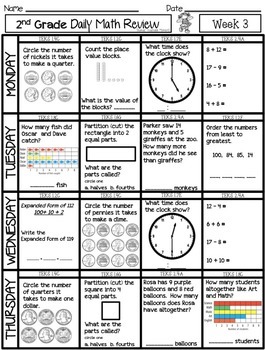
Psychologists who have documented its power (Dempster, 1988 Rohrer, 2009). Most curricula are not designed to take advantage of the spacing effect, much to the frustration of the Why aren’t more curricula built with a spiral structure? Progressing learning experiences may produce deeper, more conceptual learning. Multiple, strategically spaced and strategically A third possibility is that spiraling helps learners make connections over time, whichĬreates more robust pathways for recalling information. This explanation identifies the spacing effect as an example of a “desirable difficulty” thatĮnhances learning. Easy learning often doesn’t lead to the best retention moreĭifficult learning can lead to more robust encoding of information and better long-term learning (Schmidt &ījork, 1992). Spaced learning enhances long-term retention. Another possibility is that effortful processing of the sort involved in One possibility is that massing reducesĪttention so that learning is weaker. The reasons for the “spacing effect” are not fully understood. Why does spacing work better than massing? Laboratory and the classroom, both in adults and in children, and in the cognitive and motor learningĭomains, spacing leads to better performance than massing” (2012). In a recent review of the literature, Lisa Son and Dominic Simon write, “On the whole, both in the Department of Education’s Institute of Educational Sciences (Pashler et al.,Ģ007). “Space learning over time” is the first research-based recommendation in a recent Findings about distributed learning areĪmong the most robust in the learning sciences, applying across a wide range of content and for all agesįrom infants to adults. The “spacing effect” – the learning boost from distributing rather than massing learning and practice – hasīeen repeatedly found by researchers for more than 100 years. What is the research basis for spiraling? Implemented when those skills and concepts are encountered again later in the spiral. When skills and concepts are encountered in the early phases of the spiral and interventions can be Spiraling is effective with all learners, including struggling learners. Spiraling leads to better long-term mastery of facts, skills, and concepts. Is effective: EM students outscore comparable non-EM students on assessments of long-term learning, such as end-of-year standardized tests. When implemented as intended, EM’s spiral Why does Everyday Mathematics spiral?Įveryday Mathematics (EM) spirals because spiraling works. The design of instructional materials, massing is more common than spacing. In a massed approach, learning is concentrated in continuous blocks. Different terms are used toĭescribe such an approach, including “distributed” and “spaced.” A spiral approach is often contrasted with

Spiral curriculum, material is revisited repeatedly over months and across grades.


In a spiral curriculum, learning is spread out over time rather than being concentrated in shorter periods. The Spiral: Why Everyday Mathematics Distributes Learning What is a spiral curriculum?


 0 kommentar(er)
0 kommentar(er)
